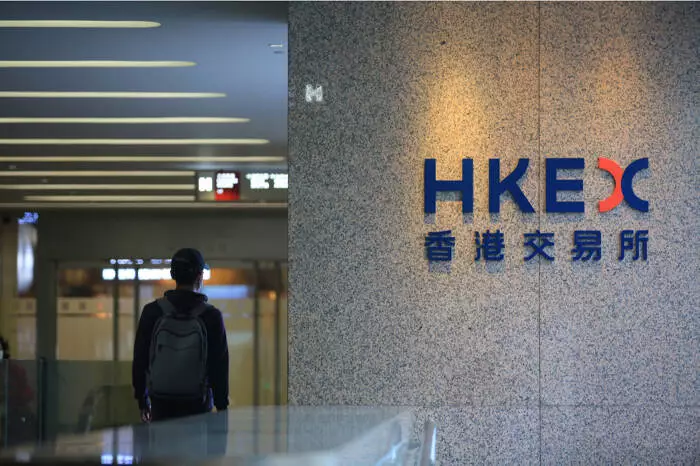The Hang Seng Index, often depicted as a barometer of Hong Kong’s financial health, has recently demonstrated an impressive turnaround, breaking its five-week losing streak with a notable rise of 2.30%. This rally comes on the heels of unexpectedly promising economic data and renewed hopes for government stimulus measures. However, despite this upward momentum, lingering concerns over trade tensions and global economic uncertainties attempt to claw back some of these gains, painting a complex picture of investor sentiment.
The resilience displayed by the Hang Seng Index is significant; it serves as an illustrative case of how localized economic policies and global market dynamics can intersect. Data from China’s Ministry of Commerce and the People’s Bank of China (PBOC) indicates a commitment to the service sector’s expansion, which could instill greater confidence in the local economy. Such targeted measures have the potential to bolster market sentiment and economic performance in the region, yet this optimism must be tempered with caution due to ongoing geopolitical tensions, particularly between the U.S. and China.
Technology Sector Resurgence
The technology sector leads the way for the Hang Seng Index’s growth, with heavyweights like Alibaba and Baidu gaining 5.53% and 4.36%, respectively. The tech sector’s bounce back highlights not only its importance to Hong Kong’s economy but also the broader trends in digital transformation across Asia. Investors are increasingly looking toward innovation and technology as key drivers for future growth, especially in a climate marked by uncertainty.
Nonetheless, not all players in the electric vehicle (EV) sector have fared equally well. While NIO Inc. showcased an impressive 4.99% growth, Li Auto’s slightly negative 0.55% movement reveals the volatility inherent in the sector. This divergence suggests that while optimism prevails for many tech stocks, the reality of economic pressures creates a bifurcated market response, presenting both opportunities and risks for investors.
International Comparisons and Divergence
Brian Tycangco from Stansberry Research pointed out an intriguing divergence between U.S. markets and Hong Kong’s performance. This disconnect highlights how the local economic conditions can produce contrasting market responses. As the U.S. grapples with its internal challenges, Hong Kong markets may find themselves on a different trajectory, largely dependent on China’s economic strategy.
The broader Asian Pacific environment mirrors these dynamics, with the ASX 200 climbing 2.26% amidst rising commodity prices driven by demands from China. Such market performances suggest that regional economic interdependencies can play a significant role in local indices, spreading optimism across markets even as uncertainties persist globally.
Commodity Prices on the Rise
In addition to equities, the commodities market has seen significant movements. Gold prices reached a remarkable high of $3,358, reflecting heightened investor demand amid uncertainty. The allure of gold as a safe-haven asset appears undiminished, particularly as geopolitical tensions continue to simmer. Similarly, oil prices rallied by 4.48% due to increased demand from China, which further underscores the interconnectedness of these markets.
On the other hand, fluctuations in other commodities, such as iron ore, showcase the unpredictable nature of the market. The slight decline indicates that despite some positive economic data, there are still question marks surrounding demand and supply dynamics, reminding investors that caution is still warranted.
Monitoring Future Developments
As the global economic landscape remains volatile, attention will increasingly shift toward upcoming events, particularly the National People’s Congress (NPC) Standing Committee Meeting. The outcomes of these discussions may hold significant implications for policy direction regarding the private sector and economic growth strategies in China. Investors will be watching closely to gauge whether dialogue between the U.S. and China improves, which could further influence market sentiments.
The focus for investors, therefore, must remain sharp, keeping a vigilant eye on both local developments and global economic strife. In such a choppy environment, staying informed is not just advantageous; it’s essential for navigating the complexities of the modern market. The Hang Seng Index’s recent rebound is a reminder that while challenges persist, opportunities for growth and renewal always exist in the ebb and flow of financial markets.

